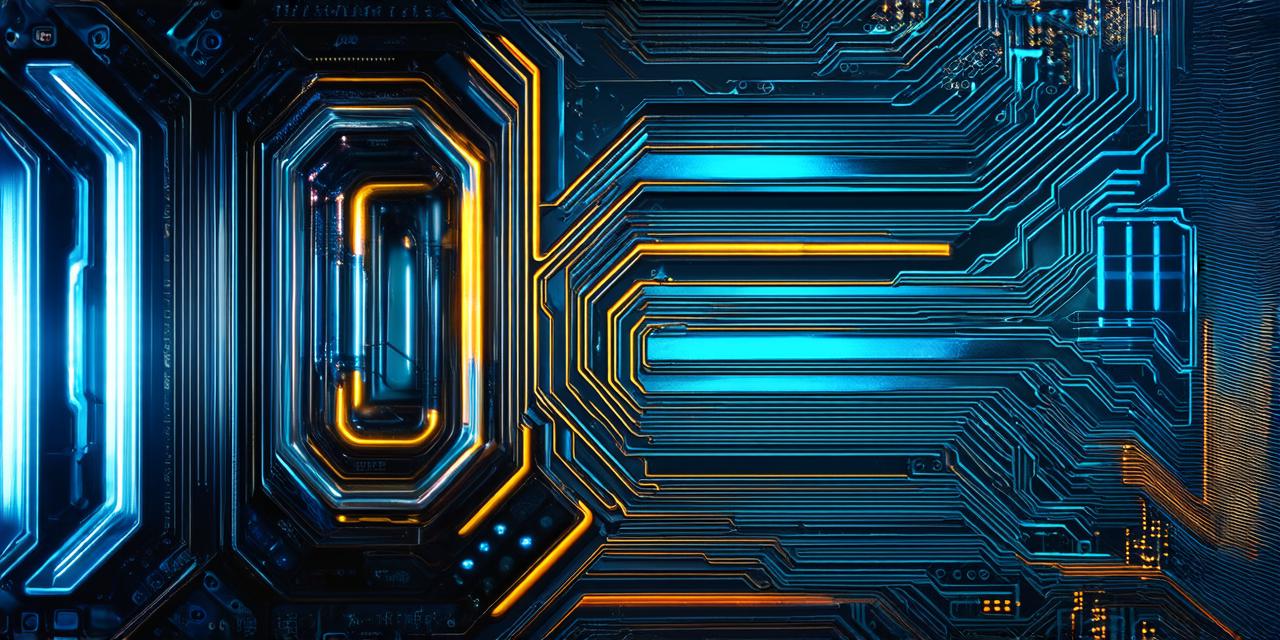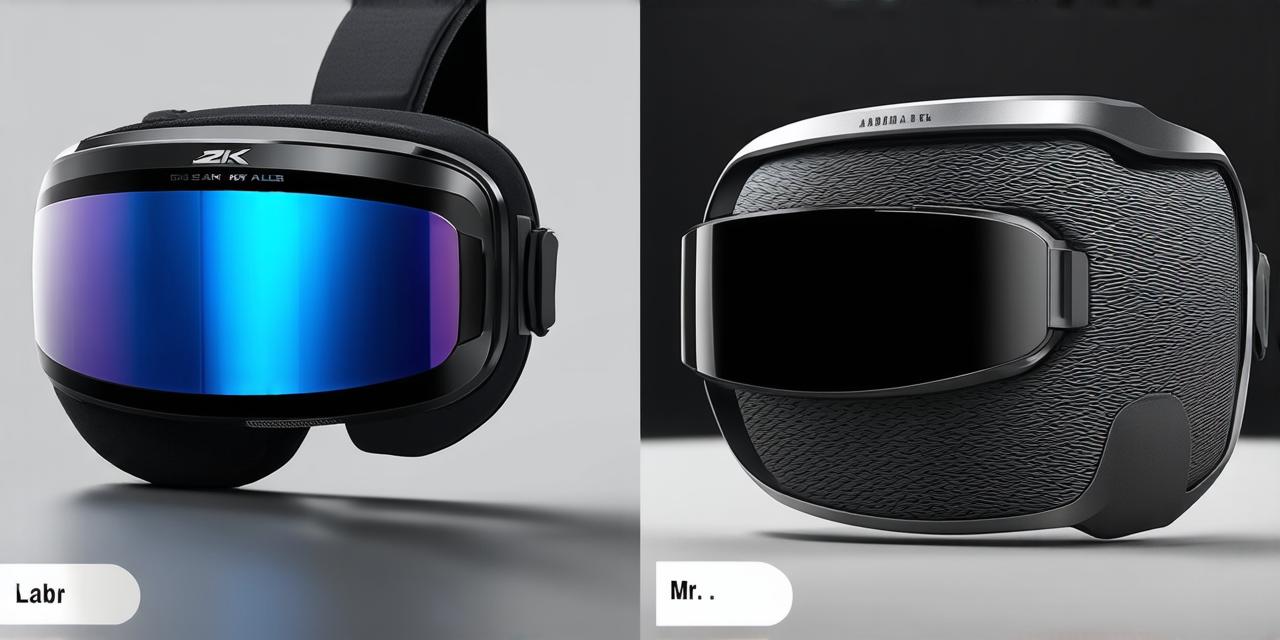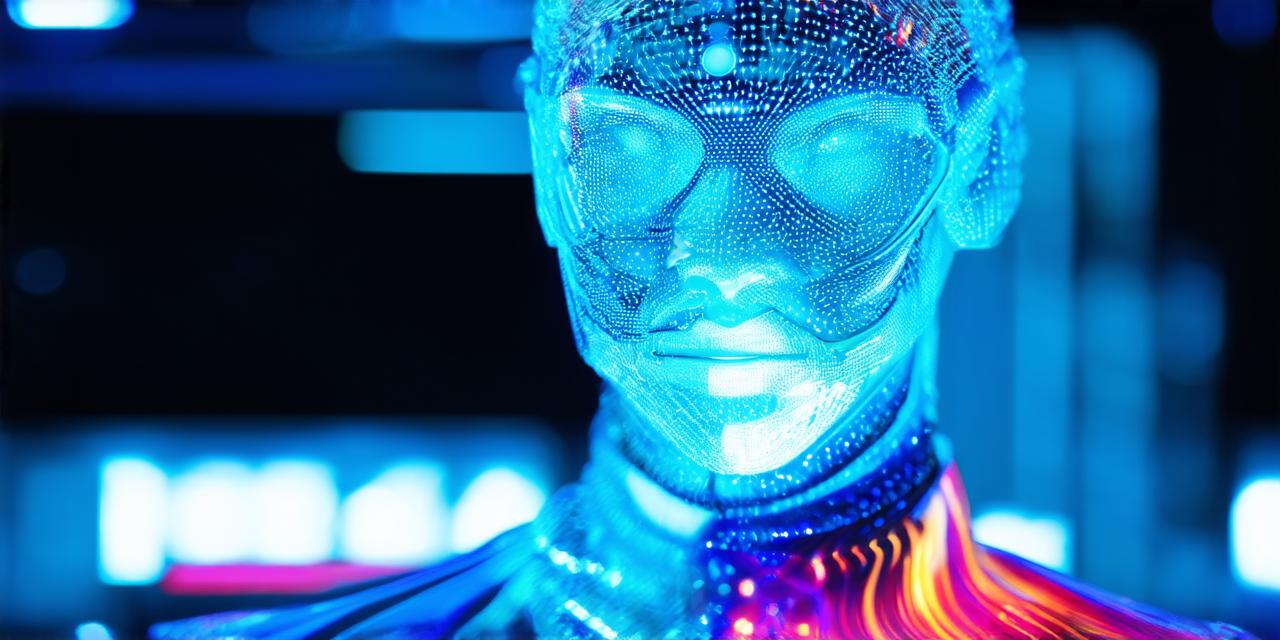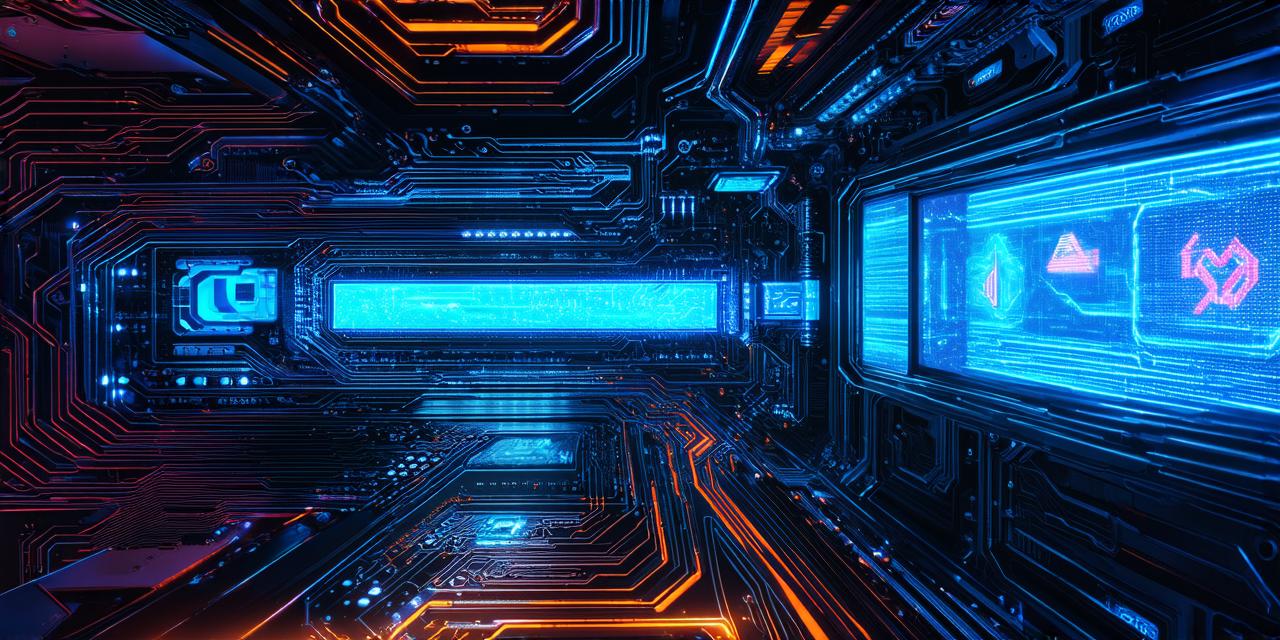In recent years, mixed reality (MR) has become an increasingly popular technology that is being used in a wide range of industries, including gaming, entertainment, and education.
What is Mixed Reality?
Mixed reality is a type of computer-generated simulation that combines real-world and virtual environments to create a new, immersive experience. It is achieved through the use of specialized sensors and cameras that can track the position and movement of objects in both the real world and the virtual environment.
How does Mixed Reality work?
Mixed reality works by using a combination of computer vision and machine learning algorithms to track the position and movement of objects in both the real world and the virtual environment. This information is then used to create a seamless blend of the two worlds, allowing users to interact with digital elements as if they were real objects.
Applications of Mixed Reality
Mixed reality has a wide range of applications across various industries, including gaming, entertainment, education, and more. Here are some examples:
- Gaming: In gaming, mixed reality allows players to immerse themselves in a virtual world that is seamlessly integrated with the real world. For example, games like “Pokemon Go” use AR technology to allow players to catch virtual creatures in real-world environments.
- Entertainment: Mixed reality has also found a home in the entertainment industry, where it can be used to create immersive experiences for concerts, movies, and more. For example, the band Gorillaz used mixed reality to create an interactive concert experience for fans.
- Education: In education, mixed reality can be used to create virtual field trips and simulations that allow students to explore real-world environments in a safe and controlled environment. This can be particularly useful for subjects like biology, history, and engineering.
Conclusion
Mixed reality is a powerful technology that has the potential to revolutionize the way we interact with digital elements. By combining the real world and virtual environments in a seamless and intuitive way, it allows users to experience immersive, interactive simulations that feel as if they are part of the real world. As the technology continues to evolve, we can expect to see even more exciting applications across various industries.



